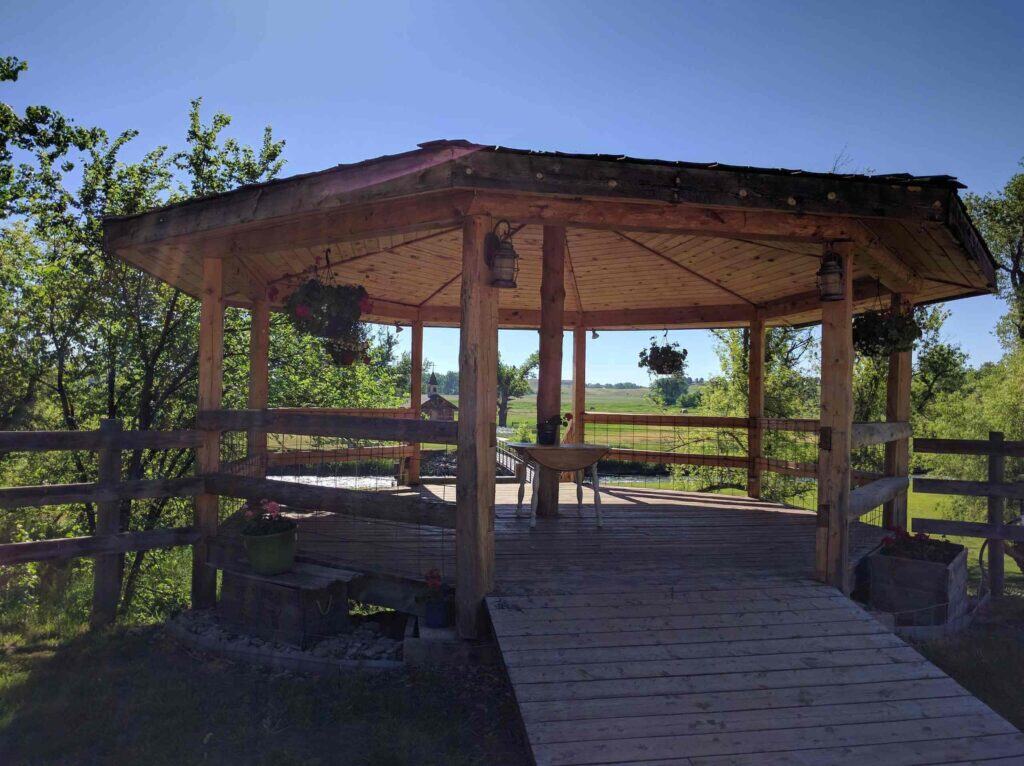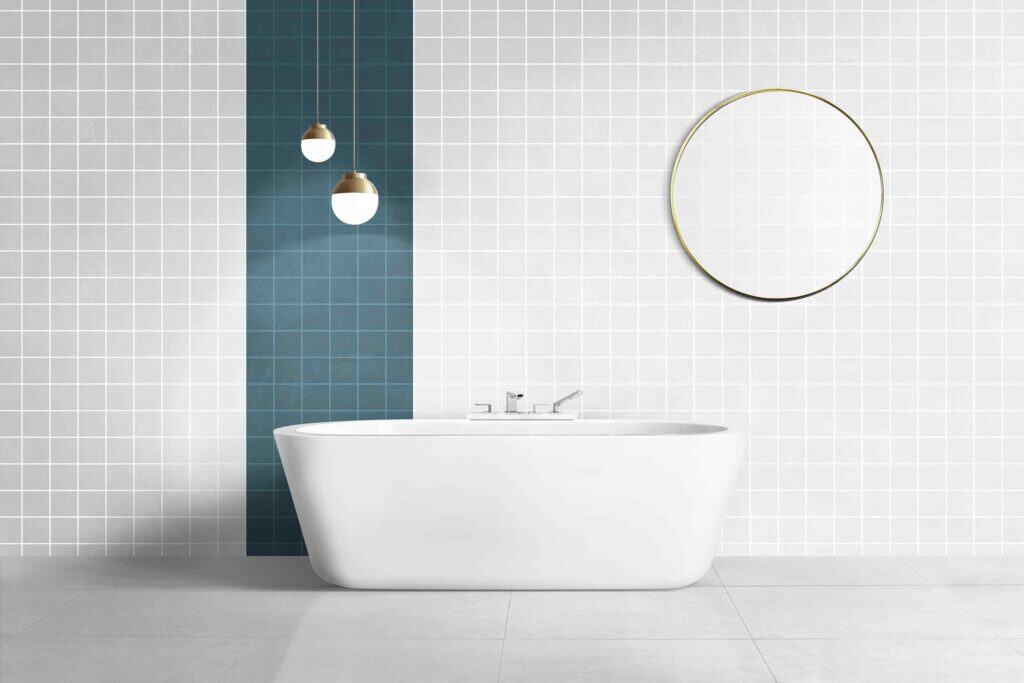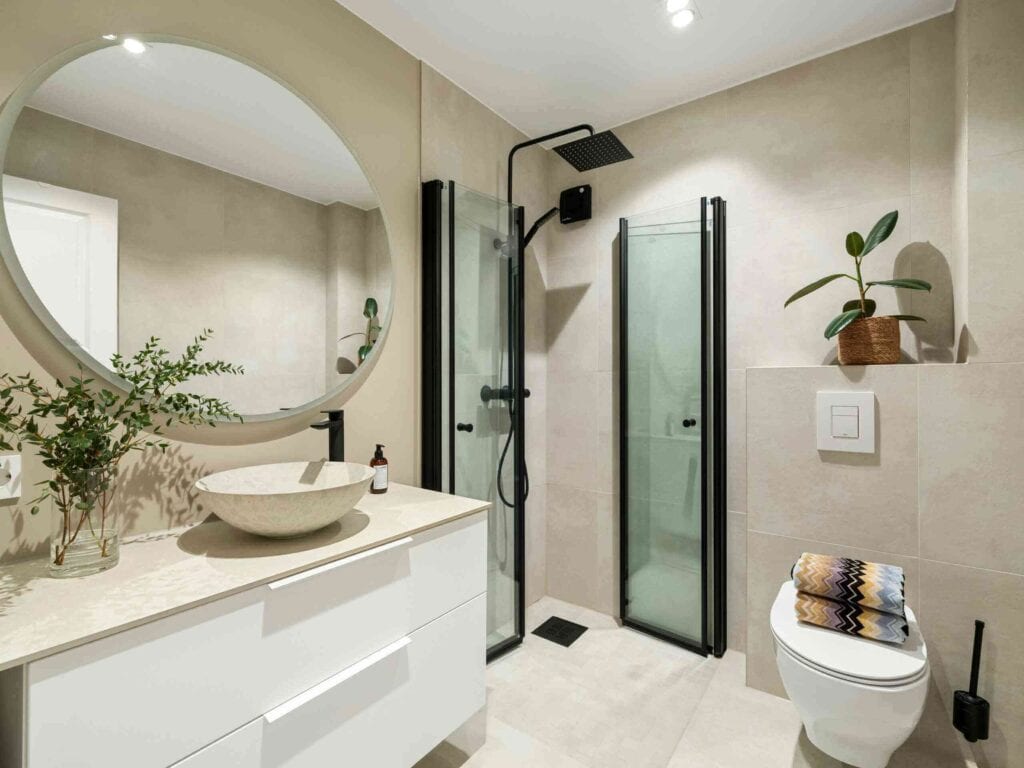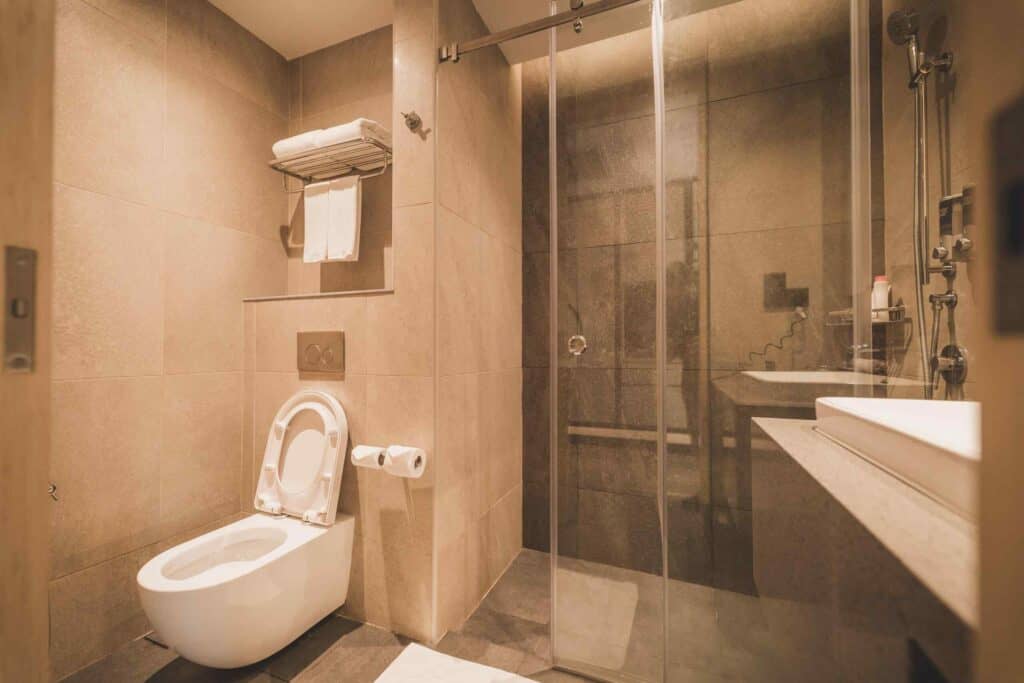Backyards have evolved far beyond a patch of grass and a few potted plants. These days, they’re places for relaxation, socializing, and even dining under the stars. When it comes to adding beauty and function to your outdoor space, two structures often top the list: pergolas and gazebos.
At first glance, they might seem similar—they both create defined spaces, add architectural interest, and provide shade. But step closer, and the differences become clear. A pergola is an airy, open-roof structure that provides partial shade and can be customized with plants or fabrics. A gazebo, on the other hand, has a solid roof, usually more enclosed, offering better weather protection and a cozy, private vibe.
The question isn’t which one is “better,” but which one is better for you. Let’s explore them in detail.
What Exactly is a Pergola?
Imagine an inviting framework of posts and crossbeams where sunlight filters through in gentle stripes. That’s the magic of a pergola. It’s part shade, part sun, and 100% atmosphere.
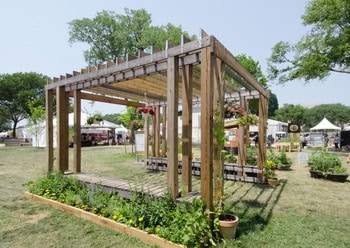
Core Features of a Pergola:
- Structure: Vertical posts topped with beams or slats in an open lattice style.
- Shade: Soft, dappled sunlight—like sitting under a tree canopy.
- Purpose: Frames an outdoor space, adds elegance, and provides support for climbing plants.
- Flexibility: Can be freestanding or attached to your home.
- Custom Options: Add fabric panels, retractable canopies, or even clear panels for rain protection.
Where Pergolas Shine:
- Over patios for alfresco dining.
- As a breezy walkway covered in vines.
- Attached to the house for a seamless indoor-outdoor transition.
Pro Tip: If you love gardening, a pergola can double as a plant display. Think wisteria in spring, roses in summer, and even edible vines like grapes.
What Exactly is a Gazebo?
If a pergola is airy and open, a gazebo is its cozier cousin—a true shelter from the elements. Picture a freestanding structure in your garden, topped with a solid roof and often surrounded by railings or screens.
Core Features of a Gazebo:
- Structure: A roofed, standalone structure with shapes ranging from octagonal to square.
- Shade & Weather Protection: Full coverage from overhead sun, rain, and even light snow.
- Purpose: Creates a focal point in the yard and offers a protected seating or dining space.
- Placement: Usually set apart from the house in a scenic or central location.
- Extra Features: Can have curtains, insect screens, or even built-in benches.
Where Gazebos Shine:
- As a romantic hideaway for reading or relaxing.
- A shady hub for summer barbecues.
- A covered space for a hot tub or small outdoor bar.
Pro Tip: In bug-prone areas, adding mesh screens to a gazebo can save summer evenings from being mosquito feasts.
Pergola vs Gazebo: Side-by-Side at a Glance
| Feature | Pergola | Gazebo |
| Roof | Open lattice or slats, optional cover | Solid, enclosed roof |
| Shade | Partial | Full |
| Weather Protection | Limited | High |
| Design Style | Modern, airy, adaptable | Classic, enclosed, ornamental |
| Placement | Attached or freestanding | Always freestanding |
| Privacy | Low to moderate | Medium to high |
| Cost Range | $2,000–$6,000 | $3,000–$10,000+ |
| Best Use | Defining space, supporting plants | Shelter, focal point, all-weather seating |
Design & Style Considerations
The choice between pergola and gazebo often comes down to feel.
Pergolas bring a touch of European charm, especially when draped with vines or flowing fabric. They’re a natural fit for modern homes, Mediterranean courtyards, or even minimalist gardens.
Gazebos lean more traditional—think English garden romance or rustic retreat. They stand out as statement pieces and are often placed where they can be seen from the house or garden path.
If you love open skies and the interplay of light and shadow, go pergola. If you crave an enclosed nook with full shelter, gazebo wins.
Matching Structure to Climate
Your local weather will heavily influence the choice.
- Sunny, warm climates: Pergolas allow airflow and prevent your space from feeling stuffy.
- Rainy regions: Gazebos keep you dry while still enjoying the outdoors.
- Four-season use: Gazebos can be fitted with curtains, screens, or even heaters for year-round comfort.
- Windy areas: Gazebos generally fare better in strong winds, though a well-anchored pergola can still hold up.
Maintenance & Longevity
Both pergolas and gazebos require care to look their best.
Pergolas:
- Simple structure means easier cleaning.
- Wood versions need periodic sealing or painting.
- Fabric canopies may need replacing every few years.
Gazebos:
- Roof requires upkeep, especially if shingled or thatched.
- Enclosed features like curtains or screens need occasional washing or repair.
- Solid construction often means they last longer overall.
Costs & Installation
Pergolas usually fall between $2,000 and $6,000, while gazebos range from $3,000 to $10,000+. Prices vary by material—wood tends to be pricier but warmer in appearance, while vinyl or aluminum is lower-maintenance.
DIY kits are available for both, but gazebos often require more skill due to their complex shapes and roofing. Professional installation is common, especially for permanent structures.
Pros & Cons in Plain Language
Pergola Pros:
- Breezy, open look.
- Versatile placement.
- Great for plants.
- Generally more affordable.
Pergola Cons:
- Doesn’t block all sun or rain.
- Needs extra coverings for full shade.
Gazebo Pros:
- Full protection from weather.
- Can add privacy.
- Striking garden focal point.
Gazebo Cons:
- Higher cost.
- More upkeep.
- Less flexible placement.
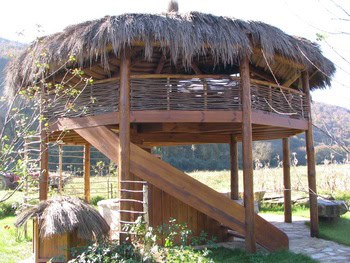
Which One Fits Your Lifestyle?
- Choose a Pergola if… you love sunny afternoons, want a design that blends into the garden, and appreciate flexibility in shade.
- Choose a Gazebo if… you want a sheltered space you can use rain or shine, and you don’t mind a bigger investment for a statement piece.
FAQs
1. Can a pergola keep me dry in the rain?
Not without modifications. You can add a solid cover, but by design, pergolas are meant to be airy and open.
2. Are gazebos permanent structures?
They’re usually built to last, but portable models do exist. Permanent ones need proper foundations.
3. Do both require permits?
Often, yes—especially if they’re large or attached to the house. Always check local codes.
4. Which is better for entertaining?
If you want gatherings in all weather, gazebo. If you love casual, open-air settings, pergola.
5. Can I mix features?
Absolutely—some people add retractable roofs to pergolas or design open-sided gazebos for a hybrid feel.
Final Thoughts
Both pergolas and gazebos can completely transform a backyard, but they create different moods. Pergolas feel light, breezy, and part of the garden, while gazebos offer coziness, protection, and a sense of retreat.
The right choice depends on your climate, your budget, and the way you want to enjoy your outdoor space. Whether you end up under a sun-dappled pergola with vines overhead or in a sheltered gazebo with rain pattering on the roof, you’ll have created a special corner of your home where life feels just a little more relaxed. Call Micton Home Renovations on 226-600-5925 now.

